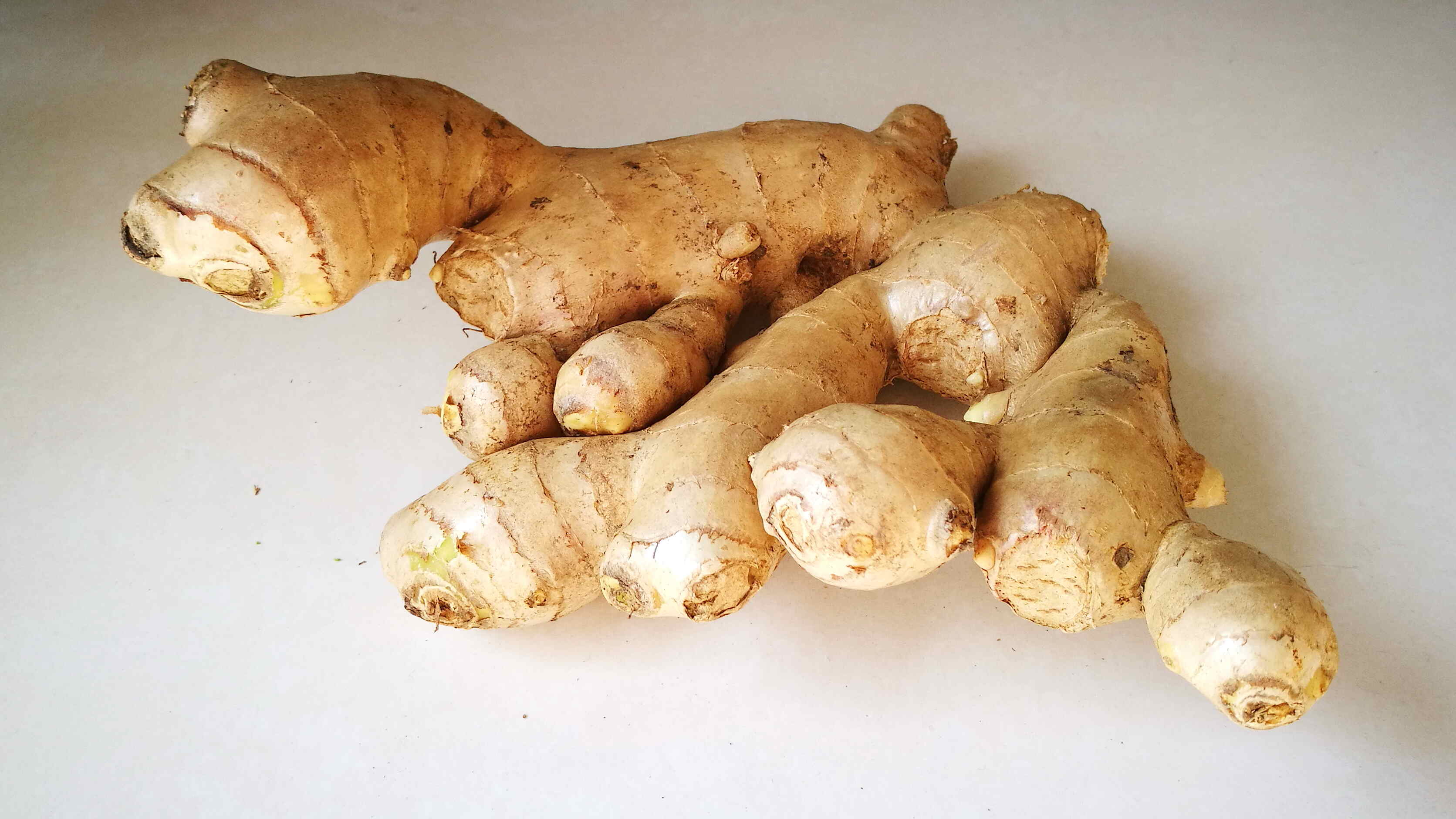Flavour of life
Characterised by high pungency and gingerol content, Mizoram’s ginger has not only a multitude of applicability, but is also an ‘intimate part’ of the ‘traditional rhythm of Mizo life’

For over two millennia, the Ayurvedic, Unani, Tibetan-Buddhist, Chinese and Arab traditions of medicine have recognised the use of ginger in the management of migraine, headache, nervous diseases, nausea, and vomiting. It has also been used in the treatment of rheumatic disorders and muscular pain. The rhizome of ginger is equally, if not more, important — for it has been used as an anti-flatulent, antispasmodic, expectorant, peripheral circulatory stimulant, astringent, appetite stimulant as well as an anti-inflammatory agent. The origin of the crop is said to be in South-East Asia.
Although ginger is a pan-India crop, and is grown everywhere, for it has a market in all geographies, the finest variety of ginger is grown in Mizoram as they are very pungent and contain high quantities of gingerol and volatile oil. Locally known as Sawhthing, the cultivars are called Thingpui, Thinglaidum and Thingaria, and are grown at large scale. Thingpui and Thinglaidum are the most popular as they have comparatively less fibre con-tent than other varieties. Thinglaidum is small and suitable for processing dried ginger or converting to dried spice. The dried rhizome of this variety is preferred for commercial use. On the other hand, the Thingpui variety has a thick and attractive size, and the flesh is light-yellow in colour. Due to its bold size and being comparatively less pungent, it is good for table purpose. The major ginger growing districts of Mizoram are Aizawl, Serchhip, Kolasib, Champhai, Mamit, Lawngtlai, Saiha and Lunglei. Mizos have always been centred on age-old practice of Jhum or shifting cultivation. The sizes of the plots are between 1.5 and three hectares per family. Generally, Jhum sites selection is done in No-vember/December and felling of the vegetation is finished by mid-February. Thereafter, the dried vegetation is set on fire, preferably before the early rains in mid-March. After cleaning of unburned debris, the plot is ready for cultivation. The Mizo farmers living in remote places follow traditional methods of ginger cultivation, which are generally eco-friendly, less expensive, and utilise local resources, knowledge and labour.
The multiple uses of ginger
Ginger is one of the most widely used condiments for various foods and beverages, as well as an important antioxidant source. It is used in a number of culinary preparations like curried and mixed vegetables, certain curried meats, table sauces, pickles, curry powders, gingerbread etc. It is also consumed as fresh paste, dried powder, slices pre-served in syrup, candy (crystallised ginger) or flavouring tea. The dried ginger, or ginger powder, is generally used in manufacturing of some soft drinks and in distilleries for pre-paring ginger beer, brandy and wine. Ginger oil is primarily used as a flavouring agent in confectionery and for soft drinks. It is also used in perfumery and medicated ointments. Ginger is a source of valuable phytonutrients, and is characterised as having an aromatic odour and a pungent taste. It is marketed in different forms such as raw ginger, dry gin-ger, bleached ginger, ginger powder, ginger oil, ginger oleoresin, ginger ale, candy, beer and wine, squash, ginger flakes etc. The dried rhizome is preferred for commercial uses. Oleoresin, commercially known as "Gingerin", extracted from dried ginger, is in great demand by the various food industries.
More than a crop for Mizoram!
Growing ginger is an intimate part of the traditional rhythm of Mizo life. They celebrate a ritual called chapchar ku before sowing ginger in Jhum field. Traditionally, the Jhumias (shifting cultivators) used implements like chimkoi for planting ginger. Ginger is cultivated in slopes, up to an altitude of 2,000 m above MSL, with or without terracing, as well as in plains, in open and under the shades of bamboo and other forest trees. Before planting ginger, weeds and bush re-growth are slashed manually and left on the soil as mulch, or burnt in situ. Planting is done during April when the first shower starts. For planting, stored rhizomes that are large, shiny, free from spots or marks and have no injury to bud or eye, are selected. The rhizomes are planted in rows in the beds and are cov-ered with soil. The spacing between rhizomes is kept at 15 cm. Immediately thereafter, beds are covered with mulch consisting of forest litters, straw, grass and other plant residues up to 8-10 cm thickness. Mulching protects seedlings from rain, prevents weed growth, keeps soil soft and moist, and accelerates growth. The Jhumias of Mizoram plant rhizomes the next day after burning the field so as to avoid soil-borne insect damage. As ginger is cultivated without the use of manures, fertilisers or pesticides, it also carries the tag of 'organic cultivation'. The harvest season starts from November and continues till May — with January to April being the peak months. Harvest is done as per market de-mand but some farmers do not harvest the entire crop; they leave a portion in situ for seed purpose till May. The tender rhizome, called green ginger, is harvested in six months, i.e., before the rhizome attains fibre maturity. It is used in pickles, candy preparation or household uses. By in situ storage (delayed harvest), farmers harvest the rhizome according to market demand and allow the rest of rhizomes to remain unearthed in the field.
The GI status was accorded to Mizo ginger only in the year 2021, but now that it has the tag, Mizoram SFAC as well as NERAMAC are taking necessary steps to ensure that value chains for Mizo ginger give adequate value to the primary producers!
Views expressed are personal



